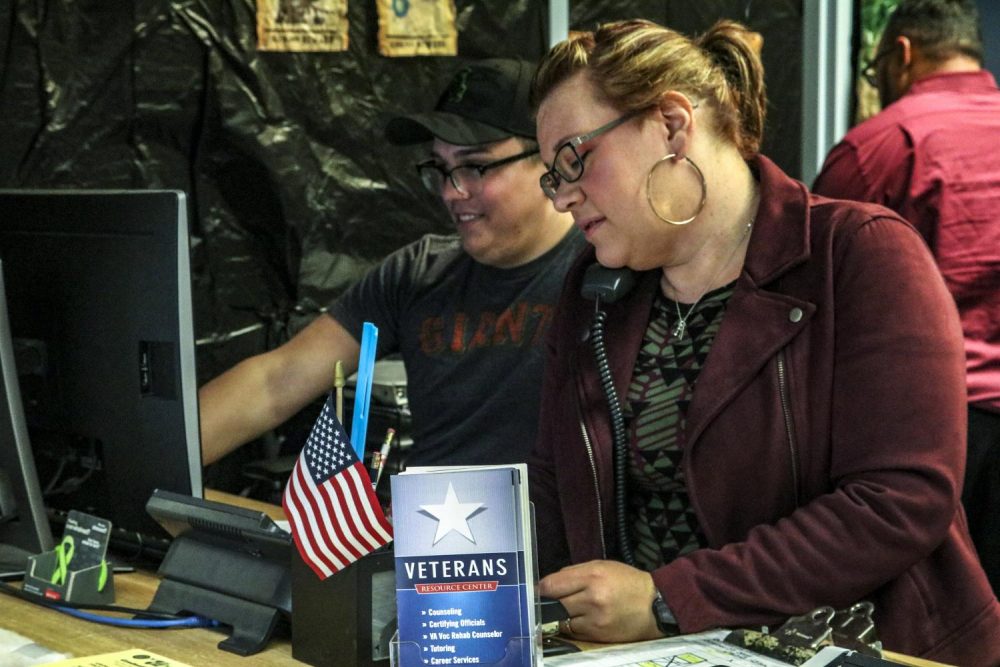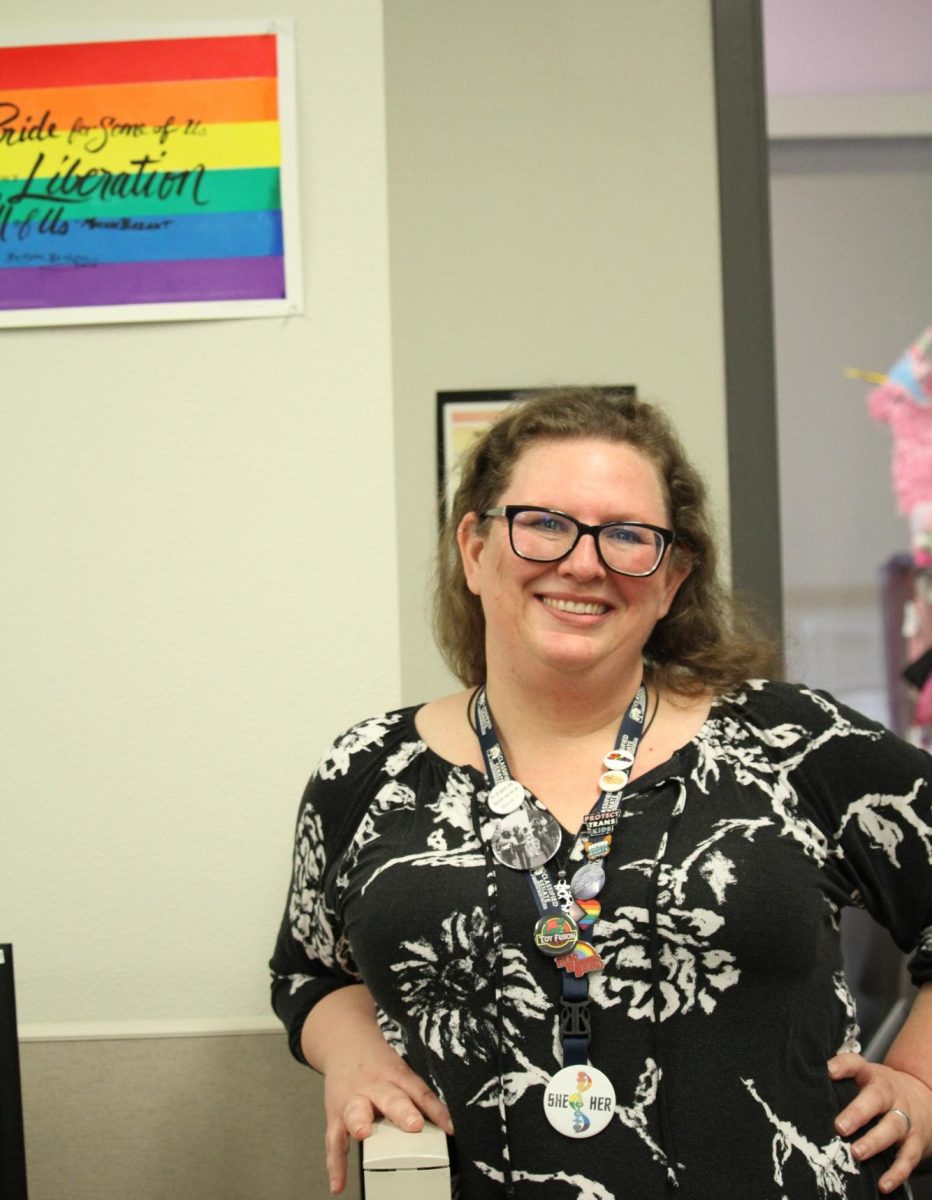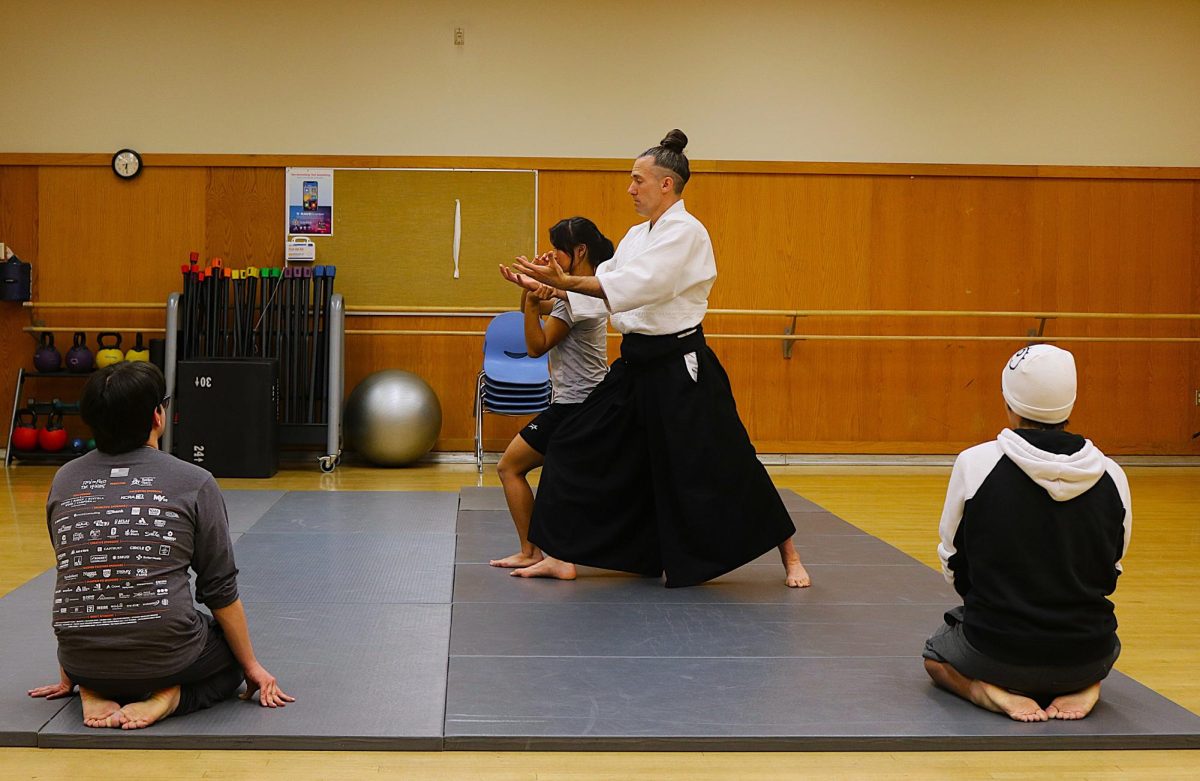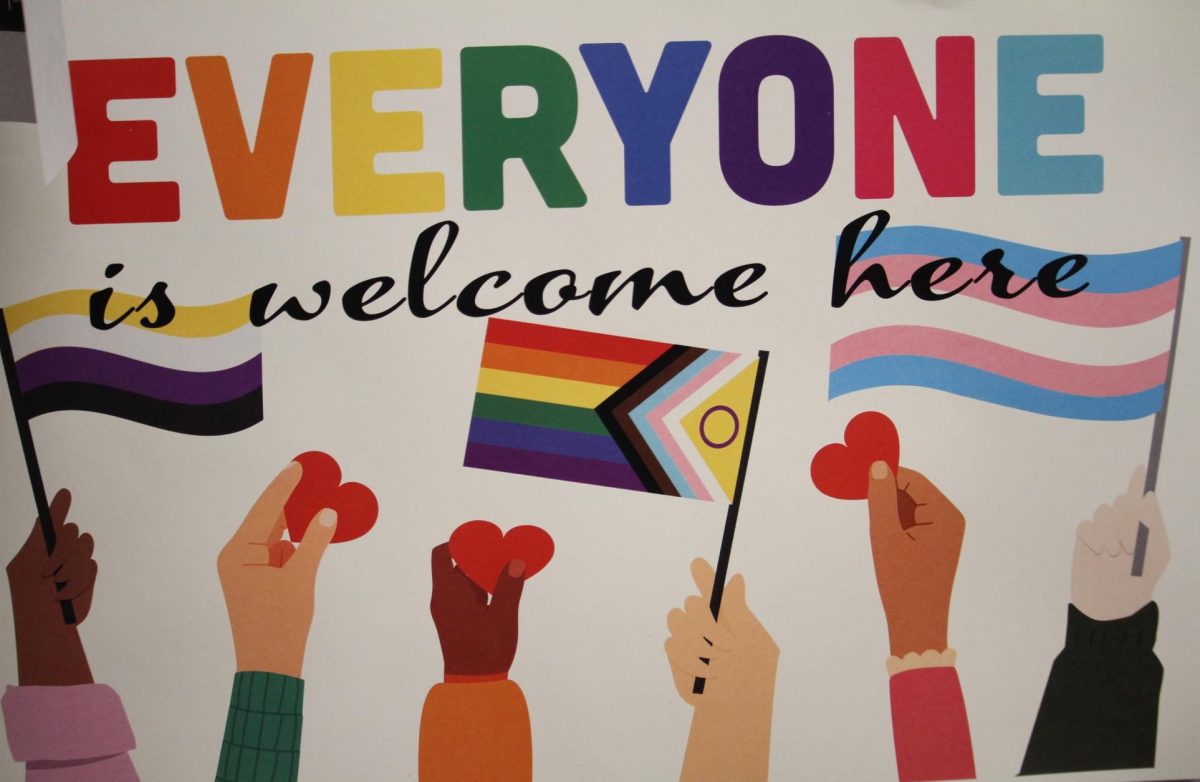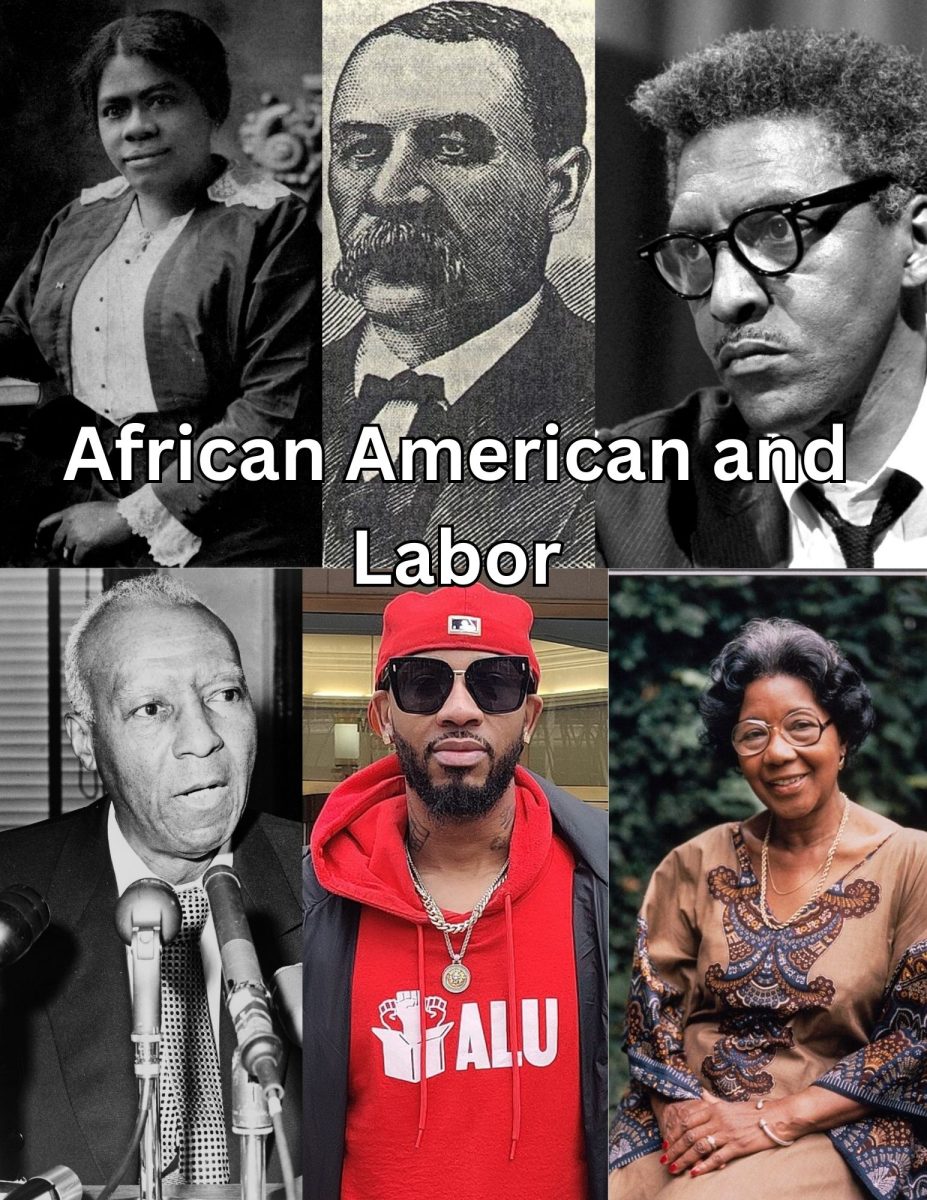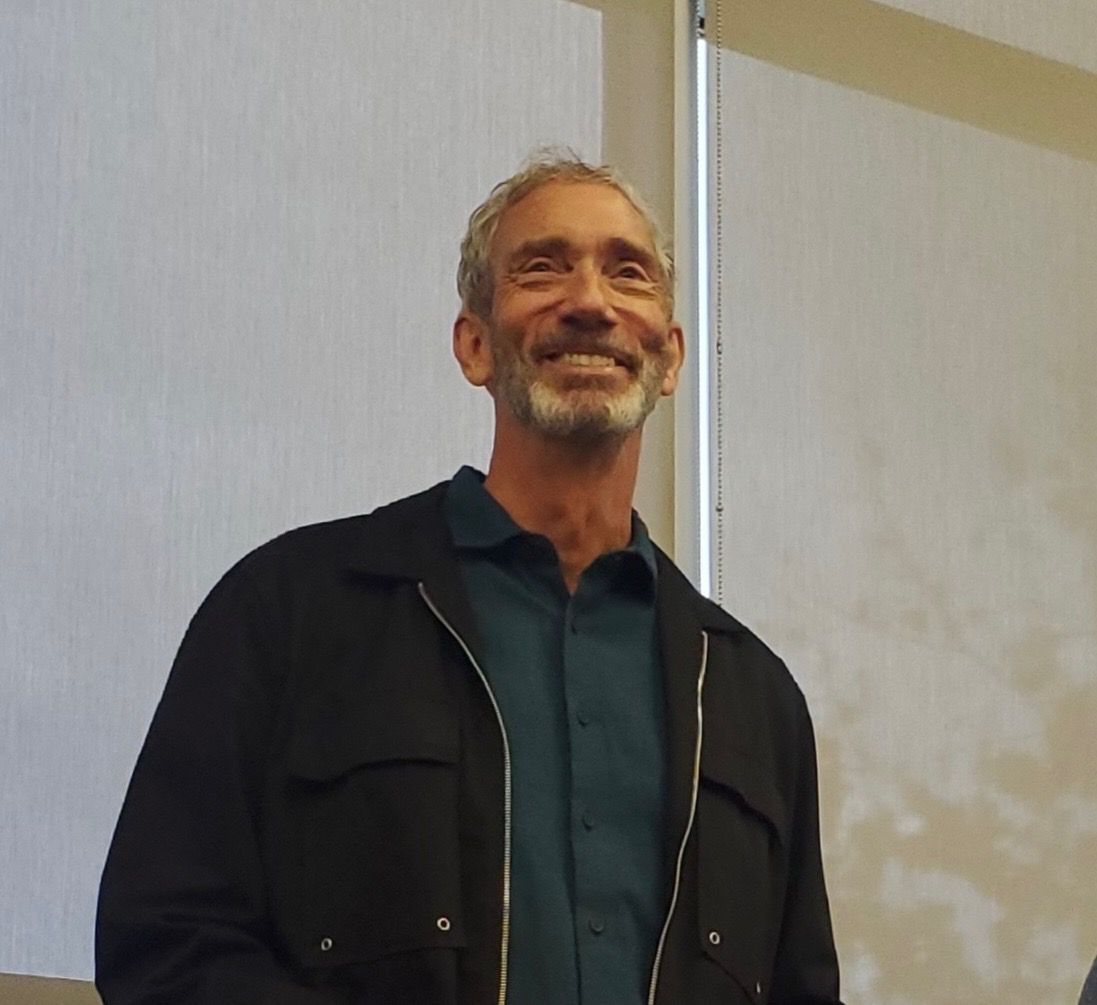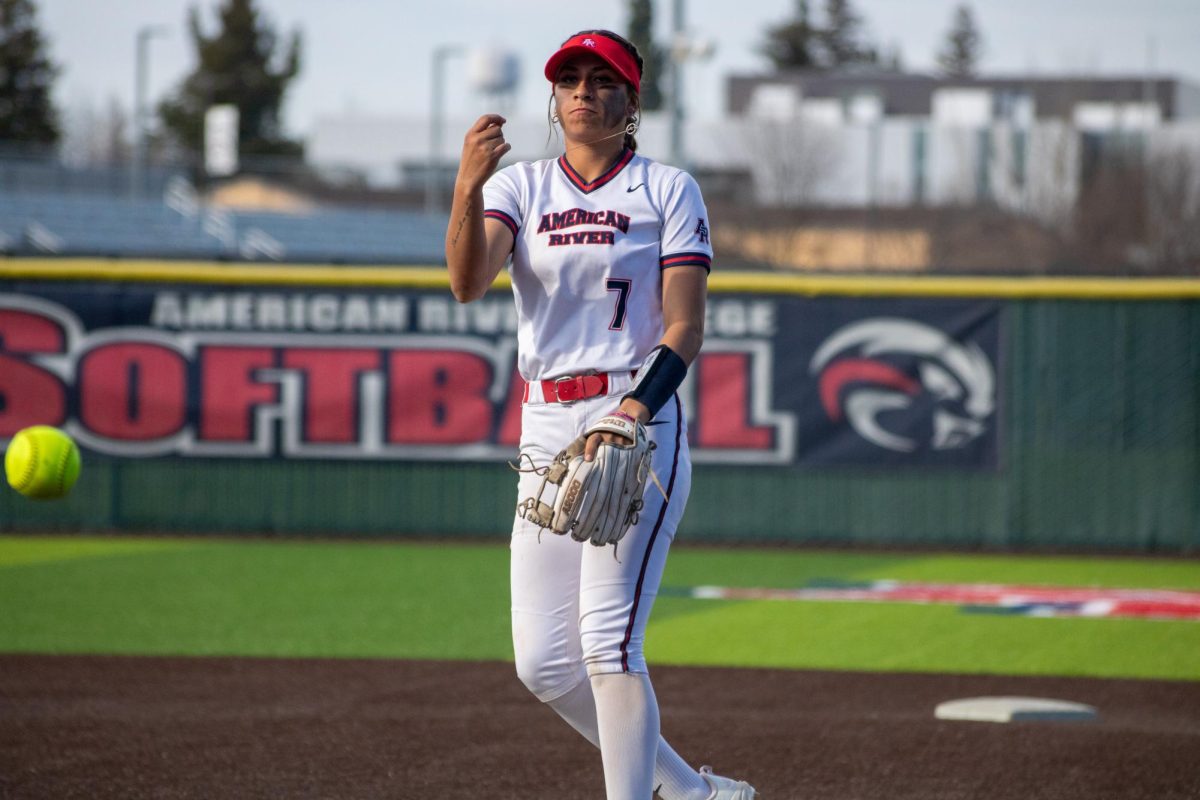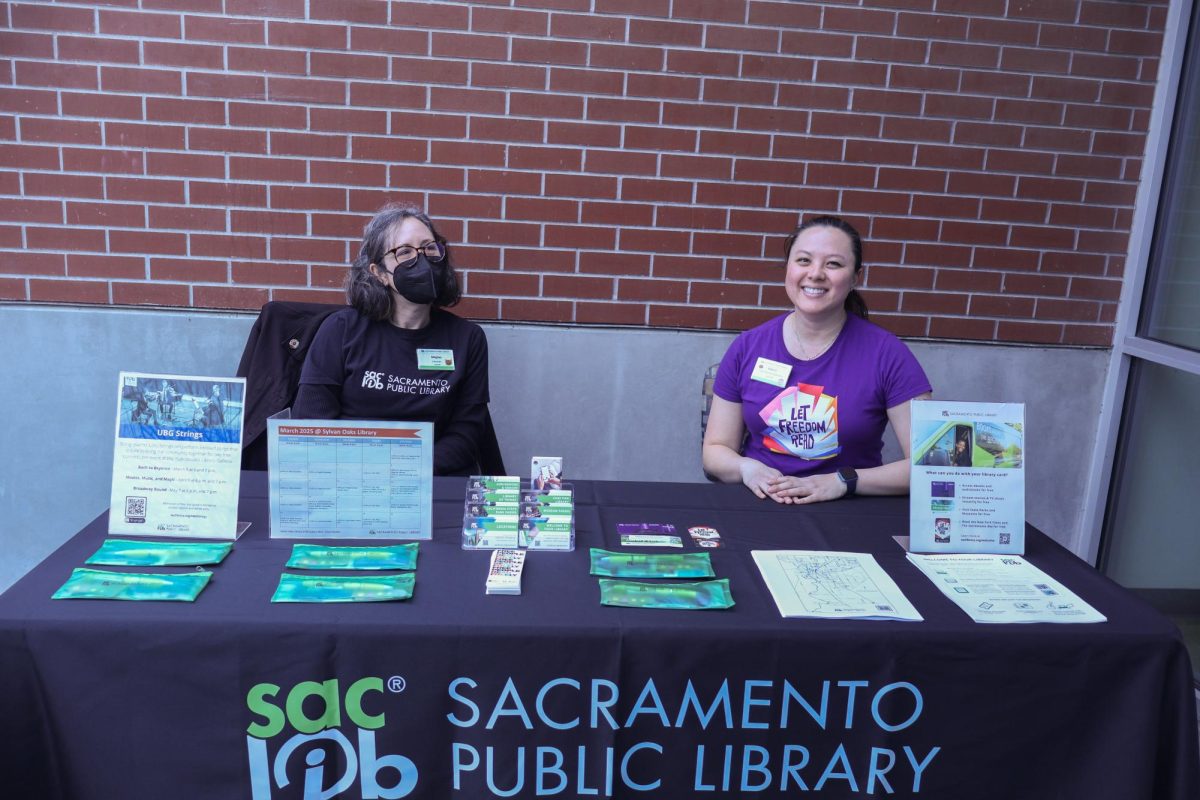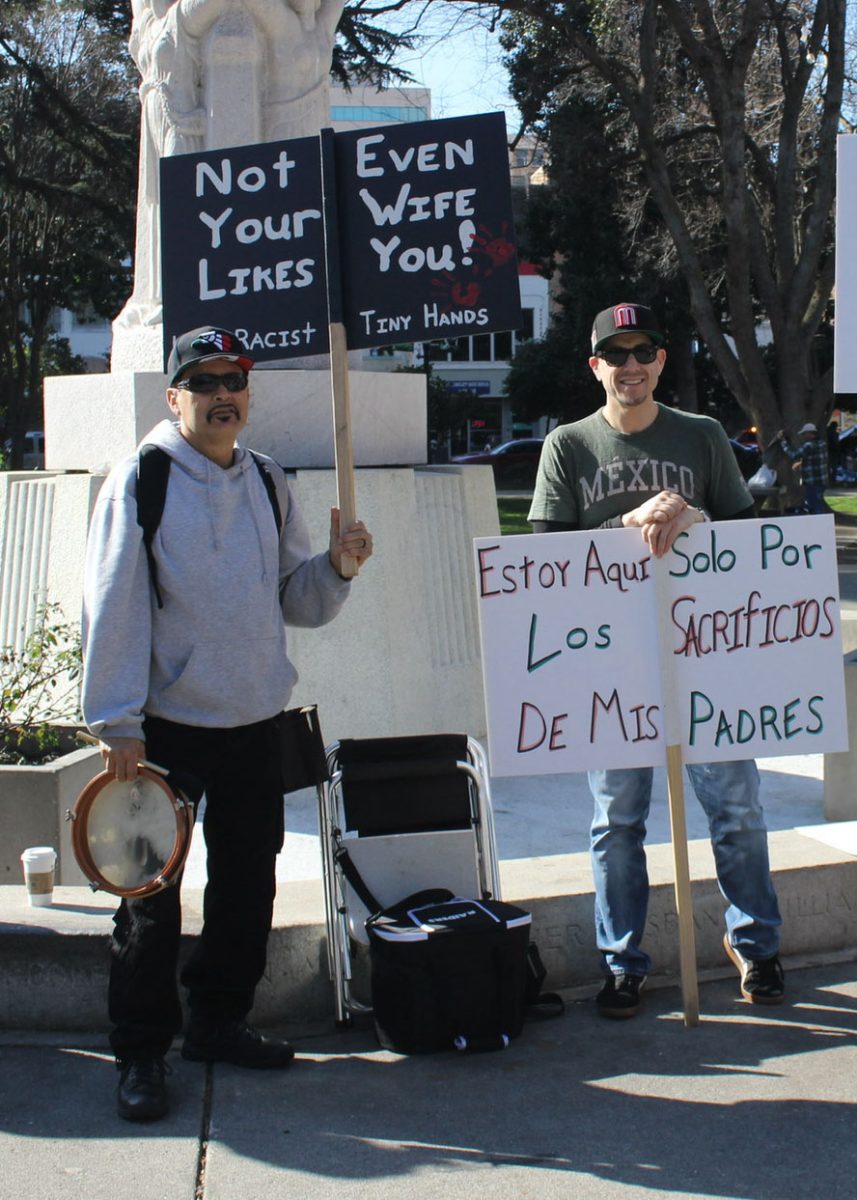Every fall, American River College’s Veterans Resource Center hosts A Hero’s Welcome in collaboration with the the Department of Veteran Affairs. This year’s event took place Sept. 20. It is geared toward veterans who haven’t received medical benefits, who are in need of housing, need assistance, are having a hard time getting help or simply don’t know how to get the aid they need.
The event brought together many of the different enrollment services the VA has to offer.
The VA offers social workers and care teams who will sit down with post-military members and evaluate their case to advocate for them and to help get veterans into the VA health system.
Alfred Sims, a Transition Patient Advocate with the Department of Veterans Affairs advocates for men and women of the armed forces.
“We help veterans and post 9/11 veterans transition from DOD [Department of Defense] to VA health care. We cover Oakland to Yreka, [with] clinics,” Sims said.
Sims said they help transitioning veterans with everything they need to get set up after they get out of the military, including school, job leads or training.
“We try to make sure they have a seamless transition and I make sure they get the access to the resources they need,” Sims said.
Kristie Veal is the Rural Health Care Coordinator for the Northern California Department of Veteran Affairs who reaches people that may be out in areas like Native American reservations and more rural areas of California.
“I work collaboratively with Indian Health S ervices to partner with them [Tribal Health], so that there is a national memorandum of understanding,” Veal said.
The VA department has an agreement with the hospitals, clinics and tribal clinics so that funding will not be an issue for veterans and they will not have to travel too far or come into an urban area for their health care needs.
Tiffany Gains, enrollment coordinator for the Department of Veteran Affairs, explained that there are basic eligibility requirements health care benefits for basic time served.
“If you entered active duty after Sept. 1, 1980 then it’s required 24 consecutive months of active duty service with a general or higher discharge,” Gains said.
Gains explains some other factors that can affect a veterans health eligibility and how things such as combat and getting out of the military can change that.
“If you get out and you are a service veteran everything kind of changes,” Gains said.
Combat veterans can enroll for benefits up to five years after discharge or separation date from the military and do not have to disclose their income. In the case of multiple call ups [times in service], the most recent discharge date is the date the VA department looks at.
There is an income requirement that plays a role in enrollment. The VA uses a geographical income threshold for those who are not combat veterans to see if the veteran is required to pay copays and deductibles, based on geographical location. If you live in the Bay Area, it will be higher because more money can be made in that area compared to Sacramento, Gains elucidate.
Gains added that some veterans get out of the military for various reasons and then rejoin and may not quite understand the process or how to get their benefits. “There would be a gap [in service time] and then the veteran would have to serve another 24 consecutive months,” Gains said. “There are things left unsaid [in the military about benefits].”


